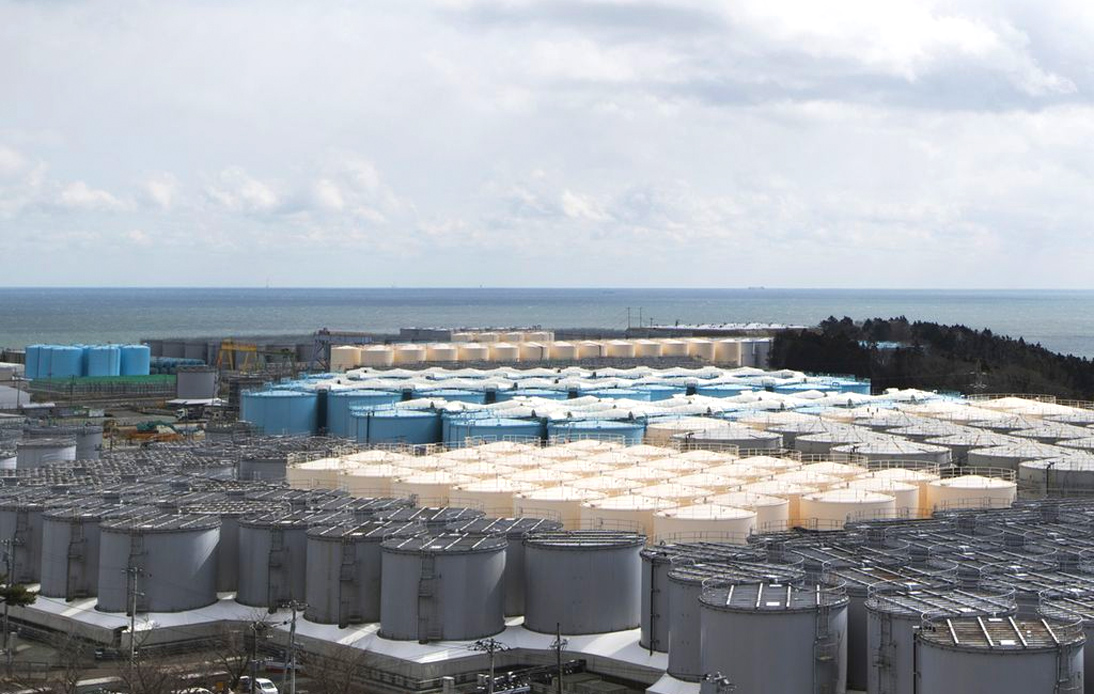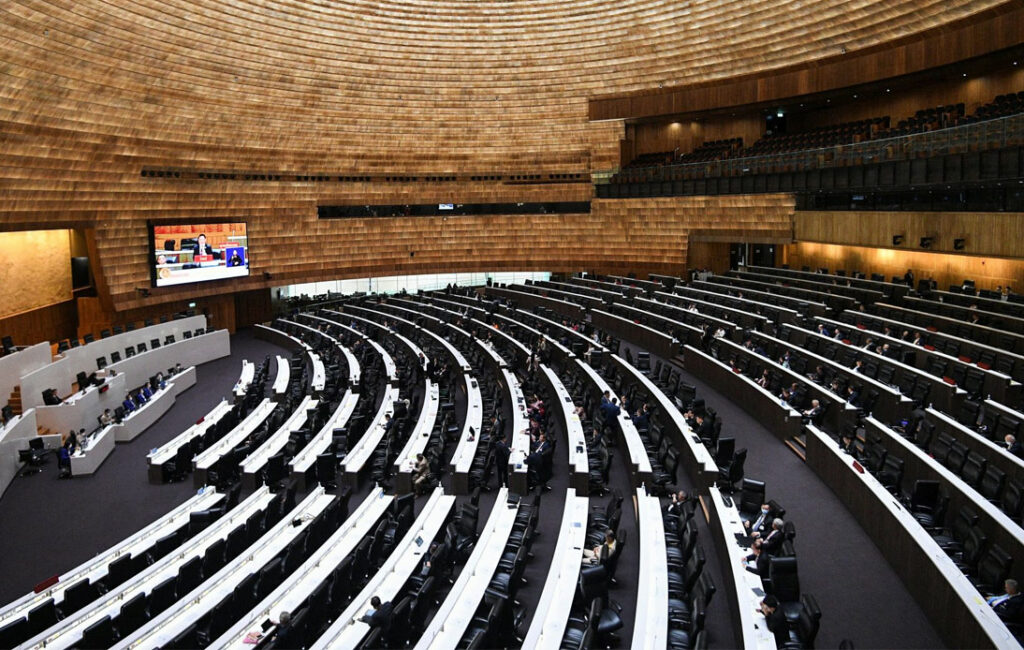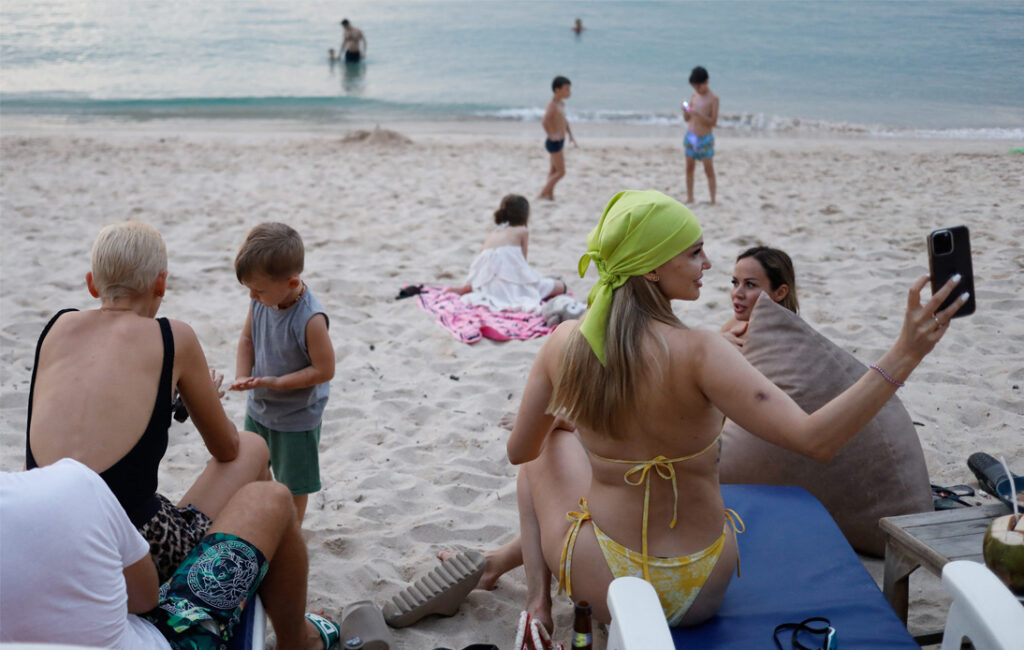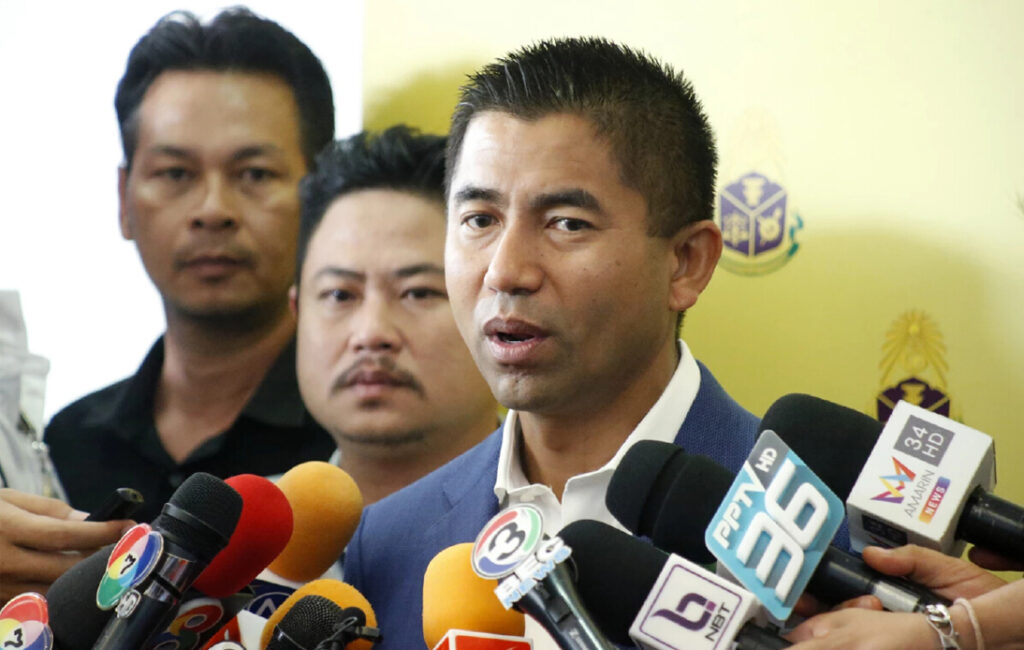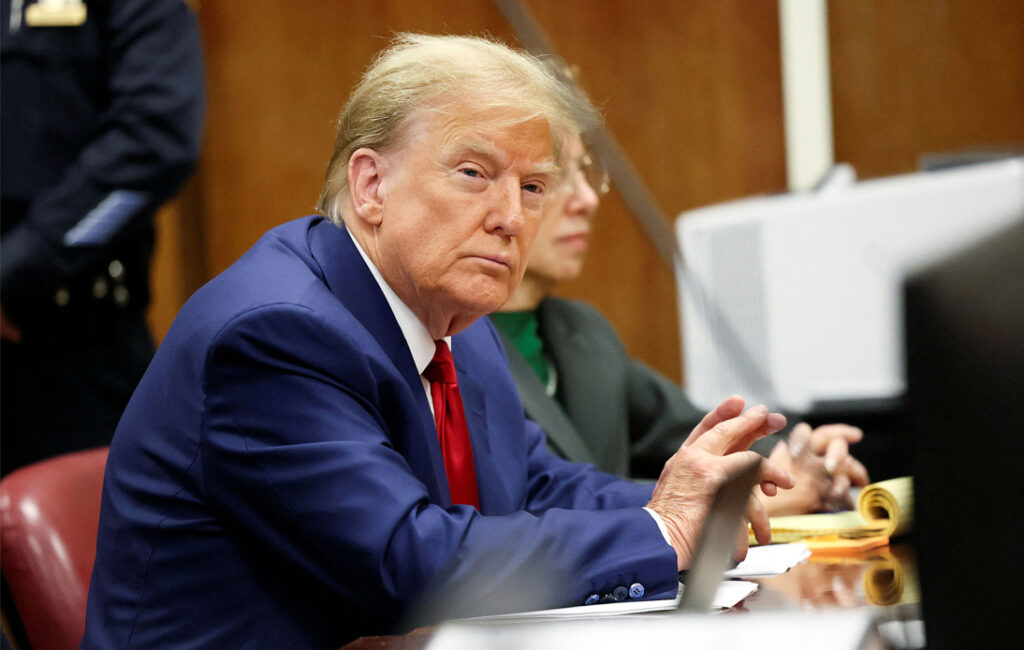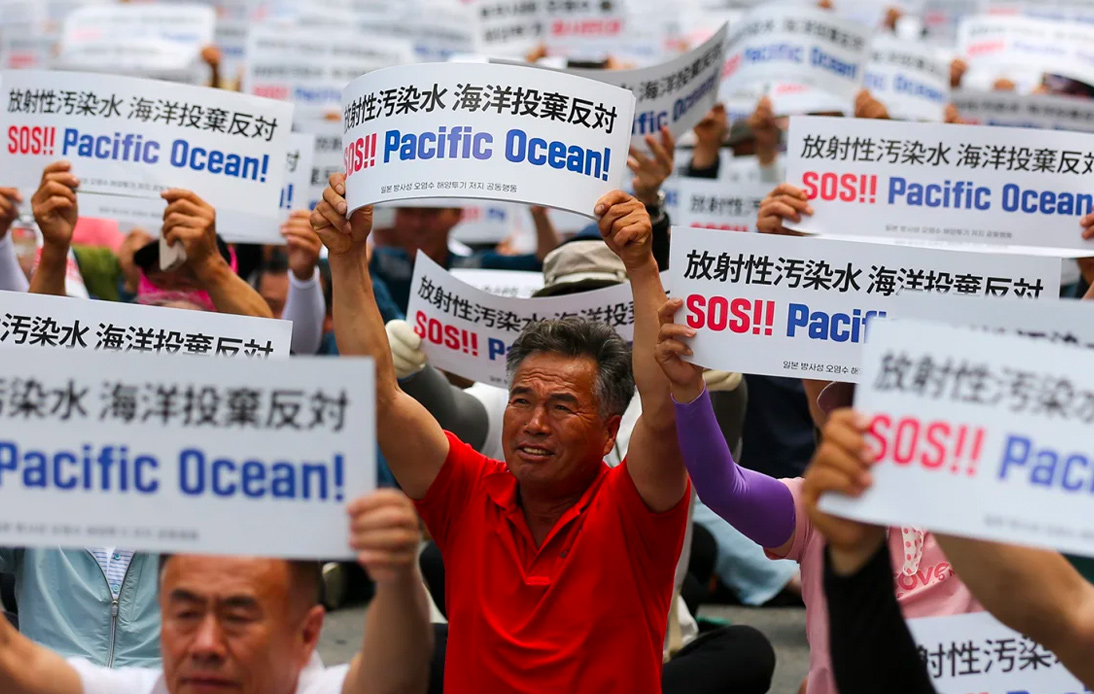
The Japanese government’s plan to discharge treated waste water from the Fukushima nuclear plant into the Pacific Ocean has stirred a storm of local and international dissent.
Following the devastating tsunami in 2011 that inflicted severe damage upon the plant, over a million tonnes of processed wastewater has collected at the site. Japan is now considering initiating the release of this water into the Pacific Ocean.
The plan, initially announced two years ago, is now endorsed by the International Atomic Energy Agency (IAEA), the UN’s nuclear watchdog, adding fuel to an already fiery debate.
Local communities are in arms over potential contamination, with Japan’s fishing and seafood industry also voicing concerns about their future, fearing potential customer boycotts.
The controversy has also spilled across borders, with China, Japan’s closest neighbour, accusing Japan of using the ocean as a “private sewer” and criticizing the IAEA’s endorsement as “one-sided”.
The contentious plan involves the gradual release of waste water into the Pacific over the next 30 years.
Following the 2011 disaster, Tepco, the power plant company, has been cooling the Fukushima nuclear reactors’ fuel rods using water, creating contaminated water stored in massive tanks.
The number of these tanks has surpassed 1,000, and the Japanese government deems this approach unsustainable.
The contaminated water is processed through Tepco’s Advanced Liquid Processing System (ALPS), which reduces most radioactive substances to acceptable safety levels.
The exception to this is tritium and carbon-14, radioactive forms of hydrogen and carbon, which are difficult to separate from water.
Despite being present in the natural environment and emitting very low levels of radiation, these elements pose a risk if consumed in large quantities.
The government asserts that the final level of tritium in the treated water is much safer than the required level for nuclear waste discharge.
They insist that both humans and marine life face minimal risk from the discharged water, a claim backed by many scientists.
However, criticism of the plan is widespread. UN-appointed human rights experts and environmental activists, including Greenpeace, are against it.
They argue that the treated water should remain in the tanks to buy time for developing new processing technologies and allowing the radioactivity to naturally reduce.
Some scientists also express discomfort, citing the need for further studies on the potential impact on marine life and the ocean bed.
Japan’s neighbours, particularly China, demand that Japan seek agreement with regional countries and international institutions before proceeding.
China warns that Japan will have to bear all consequences if it chooses to go ahead without international consensus. Tensions already run high between these nations due to Japan’s recent military build-up and China’s actions around Taiwan.
South Korea has expressed its respect for the IAEA’s findings, a position that has ignited public outcry.
With 80% of its citizens expressing concern about the water release and shoppers panic-buying necessities, the government passed a resolution opposing Japan’s plan and tightened inspections of seafood.
Japan, on the other hand, is defending its plan by explaining the science behind the treatment process and promising transparency. It argues that other regional nuclear plants, including those in China, discharge water with higher levels of tritium.
The IAEA’s endorsement, following a two-year investigation, gives Japan significant backing. As per reports, the country may start discharging the Fukushima water as early as August, thus escalating the confrontation with its critics.




